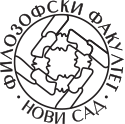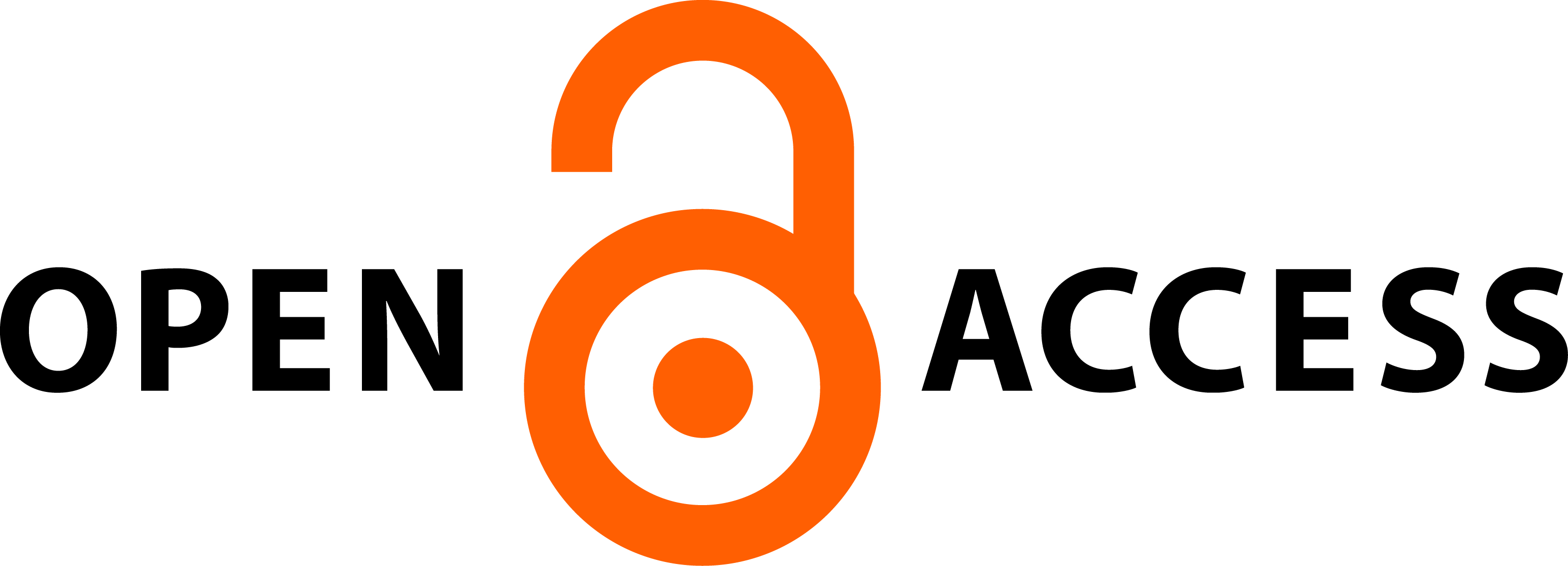„A LEGSZEBB MAGYAR TÖRTÉNELMI KORSZAK TANÚJA ÉS RÉSZTVEVŐJE VOLT”
Absztrakt
Margalits Ede főgimnáziumi tanár, jeles történetíró egyike azon bácskai tudósoknak, aki az országos tudományos körökben is nagy tekintélyt vívott ki magának. Pályája elején a bajai, majd a zombori főgimnáziumban volt az irodalom tanára, ekkoriban a vármegye központjában aktív közéleti szerepet is vállalt. 1891-ben azonban kinevezték a budapesti horvát internátus igazgatójává, 1895-ben pedig a budapesti egyetemen a horvát nyelv és irodalom rendkívüli tanára lett. Ekkor bízta meg a Magyar Tudományos Akadémia Történelmi Bizottsága az 1850 és 1899 közötti fél évszázad során Horvátországban megjelent történelmi munkák kivonatos bemutatásával. Így született meg 1900-ban és 1902-ben a Horvát történelmi repertórium két hatalmas kötete. A világháború idején, 1918-ban még megjelenhetett a Szerb történelmi repertórium első kötete, a második kötet kiadására azonban már nem került sor. Bizonyára a zágrábi születésén túl, a zombori írótársak, Radics György és Dömötör Pál példáján föllelkesülve fordult az érdeklődése a délszláv hősi énekek felé. Már a budapesti szláv tanszék tanáraként a horvát Ivan Mažuranić Csengics Szmail Aga halála (1896) című „költői elbeszélésének” magyar tolmácsolásával ajándékozta meg az olvasóit. Még ugyanabban az esztendőben Márk királyfi címmel tanulmányt írt a XIV. és XV. századi délszláv népballadákról, majd a Katholikus Szemlében a délszláv népballadákról közölt egy összefoglaló értekezést, 1899-ben azután megjelent A rigómezei ütközet című fordítása is. 1914-ben, nyugdíjba vonulásakor otthagyta a lármás fővárost és hazaköltözött Zomborba, ahol szinte elfeledve halt meg 1940-ben.
Hivatkozások
Anonim. 1900. Margalits Ede: Horvát történelmi repertórium. Századok 34: 367.
Herceg János. 1940. Dr. Margalits Ede 1849–1940. Kalangya (7–8–9): 296–298.
Jeszenszky Dezső. 1896. A zombori magyar királyi állami főgymnasium története 1872–1895. Zombor: Bittermann Nándor és fia Könyv- és Kőnyomdája.
Margalits Ede. 1875. Párhuzam Vörösmarty és Arany mint eposköltők között. Baja: Nyomatott Paul Károlynál.
Margalits Ede. 1881. Hősi eposzok meséi. Budapest: Aigner.
Margalits Ede. 1884. Három év után. Zombor: Bittermann Nándor Könyv- és Kőnyomdája.
Margalits Ede. 1886. A zombori állami főgymnasium XIV-ik évi értesítvénye az 1885/6 tanévben. Zombor: Nyomatott Bittermann Nándor könyv- és kőnyomdájában.
Margalits Ede. 1894. Páter Lukács a Sólyom, Szlavónia felszabadítója. Budapest: Athenaeum R. Társaság könyvnyomdája.
Margalits Ede. 1896a. Csengics Szmail Aga halála. Budapesti Szemle (231): 429–458.
Margalits Ede. 1896b. Magyar közmondások és közmondásszerű szólások. Budapest: Kiadja Kókai Lajos.
Margalits Ede. 1897. Zrínyi Péter és Frangepán Katalin. Budapest: Ransburg Gusztáv bizománya.
Margalits Ede. 1898. Zrínyi a költő eddig ismeretlen levelei. Századok 32: 340–341.
Margalits Ede. 1899. Roskadozó kastélyok I–IV. Budapesti Szemle (270): 397–425.; (271): 72–105.; (272): 206–273.; (273): 422–455.
Margalits Ede. 1900–1902. Horvát történelmi repertórium I–II. Budapest: Magyar Tudományos Akadémia.
Margalits Ede. 1902. Magyar tudományosság. Budapest: Nyomatott a Hunyadi Mátyás Intézetben.
Margalits Ede. 1905. Kapisztráni szent János iloki templomának restaurálása. Palánka: Kristofek és Blázek.
Margalits Ede. 1918. Szerb történelmi repertórium I. Budapest: Magyar Tudományos Akadémia.
Muhi János. 1944. Zombor története. Zombor: Kalangya kiadás.
Naményi Lajos. 1902. Margalits Ede: Horvát történelmi repertórium. Századok 36: 850–854.
Veselinović-Anđelić, Magdalena. 1969. Margalits Ede, a horvát és a szerb irodalom magyar tolmácsolója. A Hungarológiai Intézet Tudományos Közleményei 1 (1): 63–89.








